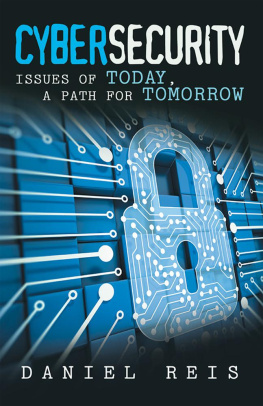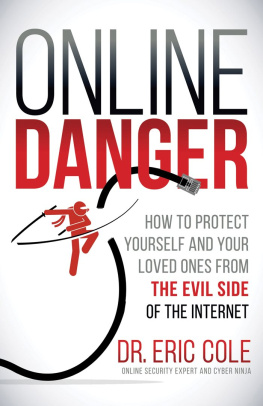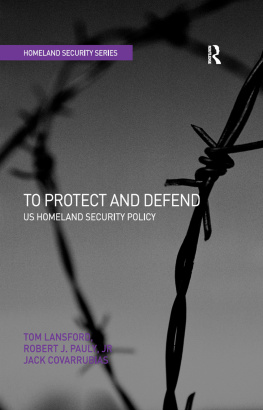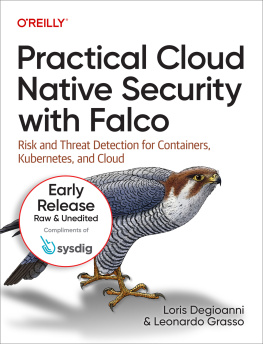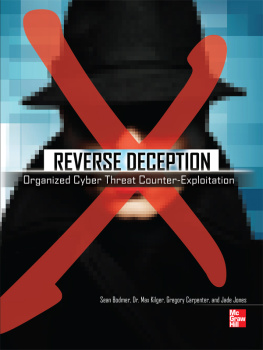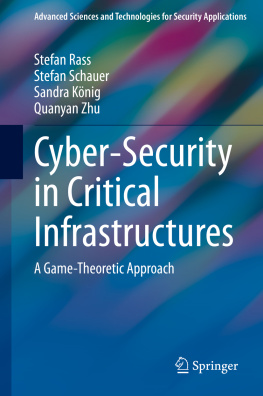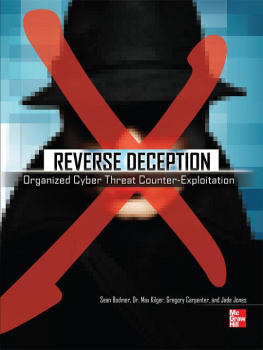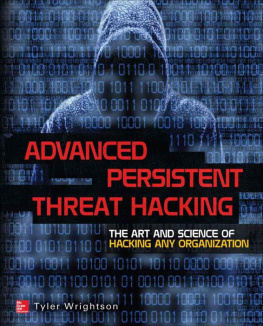Section I
Understanding the Problem
Organizations recognize that cyber security is a concern and resources need to be allocated to protect an organization. However, there are many different types of threats from worms/viruses, hacktivists to the APT. Many organizations understand how to defend against many of the traditional threats and treat the current advanced threats in the same manner they have always dealt with security. The problem is this approach does not work. The APT is a completely different problem and until an organization understands the problem, they will not be able to fix it.
The first section of this book will lay out the problem and show how an organization needs to take an integrated, adaptive approach to dealing with the APT. The following are the chapters that will be covered:
Chapter 1: The Changing Threat
Chapter 2: Why Are Organizations Being Compromised?
Chapter 3: How Are Organizations Being Compromised?
Chapter 4: Risk Based Approach to Security
In the first chapter, The Changing Threat, organizations will understand that dealing with the APT is a completely different problem in which most organizations are not properly prepared to handle. In order to be able to deal with a threat, organizations have to understand what they are up against. The initial response from many executives is that they have already invested significant money into cyber security and this should be sufficient for dealing with the APT. Chapter 2, Why Organizations are Compromised, will explain why this is not the case. The APT is able to bypass much of the security that organizations use today. In order to be able to fix the problem, an organization needs to understand why it is happening. After understanding why it is happening, Chapter 3 cover How Organizations are Compromised? Knowing how an organization is being broken into will allow an organization to understand what needs to be done to fix the problem. Chapter 4, covers the Risk Based Approach to Security that organizations need to follow in order to be successful.
The traditional method that most organizations deploy today is to ignore the threat, get compromised, after notification by law enforcement, perform hunting and forensics to find and clean up the compromise after the fact. Based on the stealthy nature of the APT hunting and forensics will always play a key role, but this book is about creating an integrated solution that will prevent, detect and minimize the exposure of an organization. The book is about deploying an effective defensive stance to protect organization from todays advanced persistent threat and tomorrows next generation of threats. The APT is a cyber-adversary displaying advanced logistical and operational capability for long-term intrusion campaigns. Its current goal is to maintain access to victim networks and exfiltrate intellectual property data as well as information that is economically and politically advantageous. The APT is not a botnet. It is not malware. It is the DNA of an adversarial group. This book will help an organization protect against the APT.
Chapter 1
The Changing Threat
Introduction
Organizations continue to spend significant amount of money on security but today an interesting trend is happening. In the past spending money on security led to less compromises and increased protection. Today, organizations are increasing their security budgets but still getting compromised. What is being done today no longer seems to work.
The problem is that the threat has changed but organizations approach to security has not changed. While traditional threats are still a concern and cannot be ignored, organizations now have a new challenge dealing with the Advanced Persistent Threat known as the APT. The APT is well funded, organized groups that are systematically compromising government and commercial entities. The term originally was developed as a code name for Chinese-related intrusions against US military organizations. The term has evolved to refer to advanced adversaries that are focused on critical data with the goal of exploiting information in a covert manner. APTs are highly sophisticated and bypass virtually all best practice cyber security programs to try and establish a long-term network presence. The APT is attacks that are stealthy, targeted, and data focused which is quite different than traditional worms or viruses. The APT are very well-organized entities (typically foreign adversaries) that are targeting an organization to gather a specific piece of information today and ultimately maintain long-term access so information can be extracted at will in the future. APT breaks all of the rules of attackers by typically adapting their techniques on the file, targeting users as the entry point, and hiding their tracks very carefully; therefore many traditional security measures are not effective at dealing with this threat.
Today, the term APT has evolved and different people refer to it as different things. Some people only refer to attacks from China, while others include all attacks as being part of the APT. The goal of this book is not to debate a definition but to provide a guide of how to implement effective security that actually works against the advanced threats that are bypassing and rendering traditional security measures to be less effectively than they previously were against traditional viruses and worms. While the focus of this book is on APT, the real focus is implemented effective security that secures an organization from all threats up to and including the APT. The ultimate goal is raising awareness so organizations can have effective security against the APTv2 and the next generation of threats. A mistake that we have seen organizations make is they focus all their effort on the APT, forgetting about traditional threats and still get compromised.
The Current Landscape
Today, one cannot open up a newspaper, read a magazine, or turn on the news without hearing about another organization being compromised. It seems that organizations of all shapes and sizes have been compromised and there is no end in sight. Government, commercial, non-profit, universities, national, and international organizations have all had data breaches that have caused significant impact to the organization.








